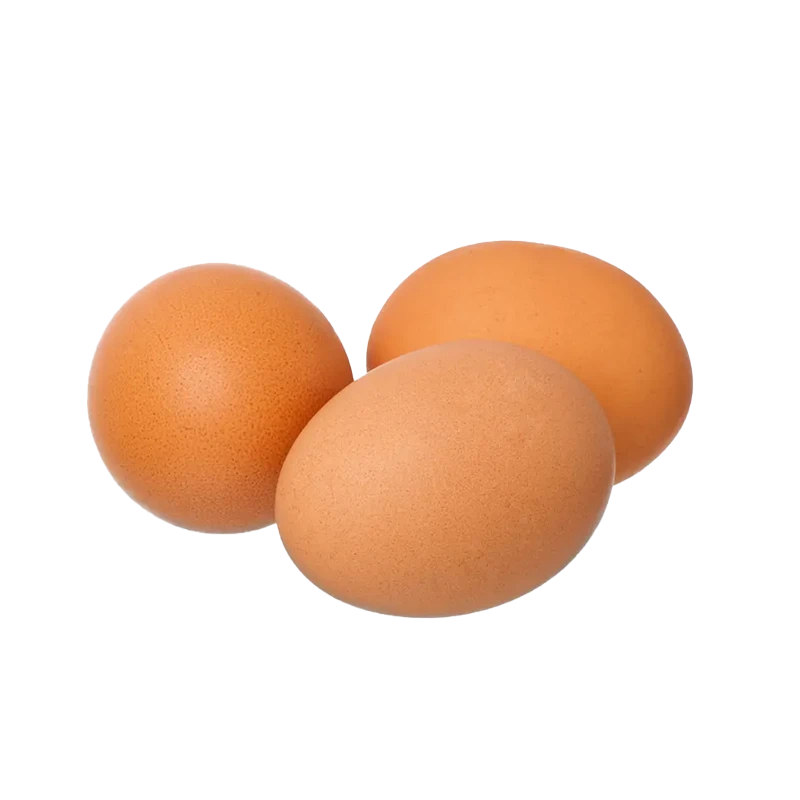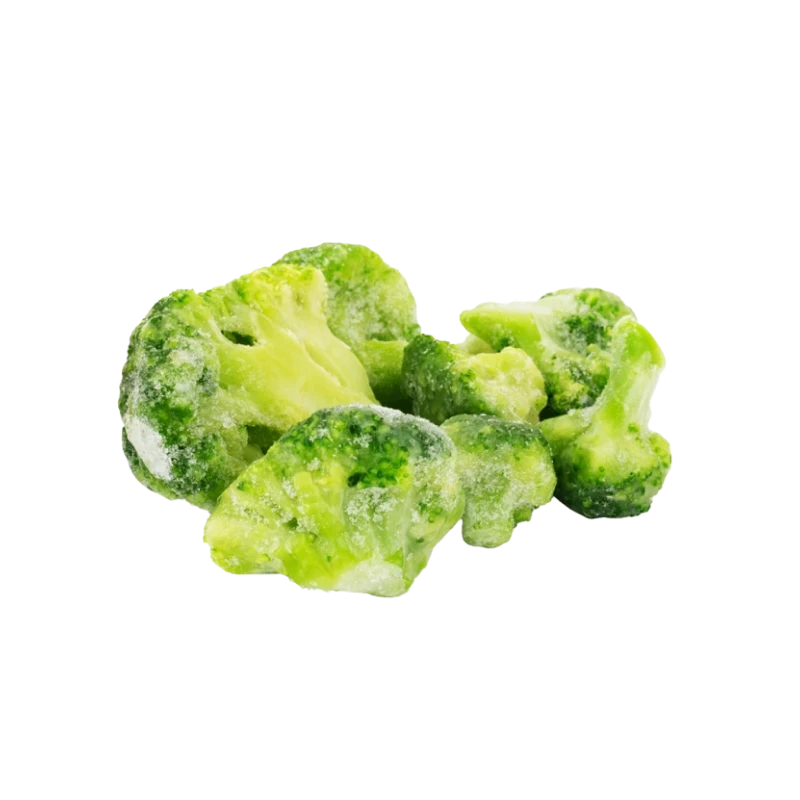Roasted Ham — Nutrients, Health Benefits, and Shopping Tips

Written by Listonic Team
Last update on September 6, 2024
Roasted ham nutrients
Nutrition facts
Amount per 100 g
Calories
🔥 145 kcal
| Nutrients per: 100 g | Value | % Daily Value* |
|---|---|---|
| Carbs | 2 g | 0.73% |
| Fiber | 0 g | - |
| Sugars | 0 g | - |
| Glycemic Index | 0 | - |
| Protein | 22 g | 44% |
| Sodium | 1300 mg | 56.52% |
| Total Fat | 5 | 6.41% |
*The % of Daily Value (DV) tells you how much a nutrient in a serving of food contributes to a daily diet. 2,000 calories a day is used for general nutrition advice.
22 g
💪 High Protein Content
Roasted ham facts & tips
Health benefits
- High in protein, supporting muscle growth, repair, and overall body function.
- Rich in B vitamins such as B6 and B12, supporting energy metabolism and brain health.
- Contains essential minerals such as zinc and iron, which support immune function and overall health.
Health risks
- High sodium content particularly in processed or pre-packaged roasted ham, which can contribute to hypertension and increased cardiovascular risks.
- High fat content particularly in fatty cuts, which can raise cholesterol levels and increase the risk of heart disease when consumed frequently.
- Risk of contamination with harmful bacteria such as Listeria or Salmonella if the ham is not properly cooked, stored, or handled.
- Potential for nitrates and nitrites in cured ham products, which have been linked to an increased risk of cancer, particularly colorectal cancer.
How to choose roasted ham
Roasted ham should have a deep pink color and be covered in a consistent and well-rendered fat layer, which contributes to its juiciness and flavor. The exterior should be caramelized and not overly charred.
Avoid roasted ham that appears dry or has a leathery exterior, as this suggests it has been overcooked. Ham with an overly salty or chemical smell should also be avoided, as it indicates excessive curing agents or improper cooking techniques.

How to store roasted ham
Roasted ham should be stored in the refrigerator, wrapped tightly in aluminum foil or plastic wrap. Keeping it in an airtight container helps preserve its moisture and flavor for up to a week.
Exposure to air can cause roasted ham to dry out and lose its quality. Avoid leaving it uncovered or using dirty utensils, which can introduce bacteria. Always slice only what you need to maintain the freshness of the remaining ham.
✅ Extra Tip
How long does it last?
Roasted ham can last for 3-5 days in the refrigerator. For longer storage, it can be frozen for up to 1-2 months.
What to do with leftovers?
Leftover roasted ham can be used in a variety of savory and hearty dishes. Slice it thinly and add to sandwiches, wraps, or salads for a flavorful protein source, or chop it up and mix into a stir-fry with vegetables and rice. Roasted ham is also great when added to omelets, quiches, or frittatas, where its smoky flavor pairs well with eggs and cheese.
Use roasted ham in a casserole with potatoes, cheese, and vegetables, or mix it into a pasta dish with a creamy or tomato-based sauce. If you have a lot of roasted ham, consider making a batch of ham and cheese sliders with mustard and pickles, or using it as a topping for pizzas or flatbreads. Roasted ham can also be added to soup or stew for added richness and flavor. For a quick snack, reheat slices of roasted ham and serve with a dipping sauce or on a bed of greens.
👨⚕️️ Medical disclaimer
How roasted ham supports specific health conditions
Roasted ham is a flavorful source of protein, promoting muscle health and tissue repair. It is also a good source of B vitamins, particularly B12, supporting brain function and energy metabolism.
However, ham is typically high in sodium, so it should be consumed in moderation to maintain heart health. Pairing roasted ham with vegetables or whole grains can help balance its nutritional profile and make it a more wholesome meal.
Discover products from other categories
Listonic Team
Fact-checked
Our editorial team checked this article to make sure it was accurate at the time of publishing it.
Get the top-rated shopping list app







